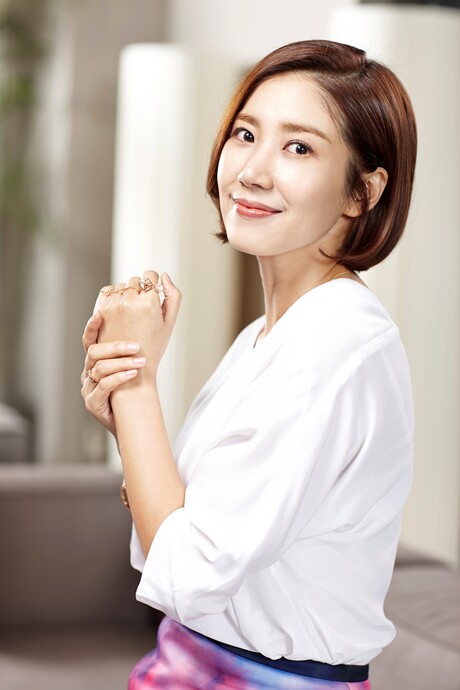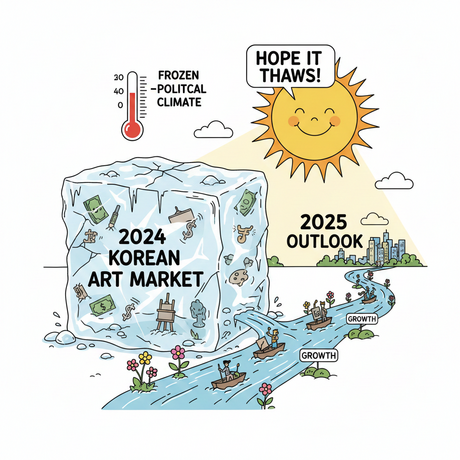A striking new residential project in Río Tercero, Argentina, showcases contemporary architectural design through its innovative use of space and materials. House G, designed by the architectural firm Karlen + Clemente, represents a thoughtful approach to modern living that balances privacy with openness while maximizing the relationship between indoor and outdoor spaces.
The 400-square-meter house, completed in 2025, sits on a regularly-shaped plot in a residential neighborhood. The design team, led by architects Monica Karlen and Juan Clemente, implemented a strategic placement approach that positions the built structure to cover the entire front of the lot from the eastern to western boundaries. This placement creates a large central patio that serves as the organizing nucleus of social life within the home.
The architectural strategy establishes controlled interior relationships toward the street while opening widely toward the backyard, taking full advantage of the northern orientation. This design promotes a gradual transition between the urban and domestic realms, creating a seamless flow between public and private spaces. The house organizes its main functions on the ground floor, with a longitudinal axis that articulates the social areas including the living room, dining room, and kitchen, all of which extend toward the gallery and pool area.
The ground floor design ensures functional autonomy throughout the plot by incorporating service spaces and the master suite at the same level. This arrangement promotes a living experience that remains connected to the garden while maintaining practical efficiency. The upper floor houses two secondary bedrooms, conceived as a small independent unit that complements the overall program while engaging with the voids of the terraces and capturing distant views.
The materiality of House G reflects a balanced combination of exposed concrete, stone materials, and wood, creating a harmonious blend of textures and colors. The facade facing the street appears intentionally closed, featuring a rhythm of vertical wooden elements that dress the language of the facade and provide privacy from the urban environment. In contrast, the interior of the house opens up through large glazed surfaces that are strategically protected by eaves and lattices, allowing natural light to flood the interior spaces while maintaining comfort and energy efficiency.
The design team included Melisa Perotti, Agustina Rinaudo, Antonella Soldevila, and Julieta Gaggiofatto, with technical support provided by Fernanda Mercado. The project utilized products from several manufacturers including Holcim, Sika, ABERTINO, ACINDAR, Ilva, Jhonson Acero, and REHAU, demonstrating a commitment to quality materials and construction standards.
The architecture aims to blend harmoniously with the passage of time, allowing natural elements such as light, shadows, and vegetation to complete the serene and warm atmosphere that defines the character of the house. This approach reflects the architects' philosophy of creating spaces that evolve and mature alongside their inhabitants, fostering a deep connection between the built environment and the natural world. The project stands as an example of contemporary Argentine architecture that successfully balances modern design principles with environmental consciousness and human-centered living.




























